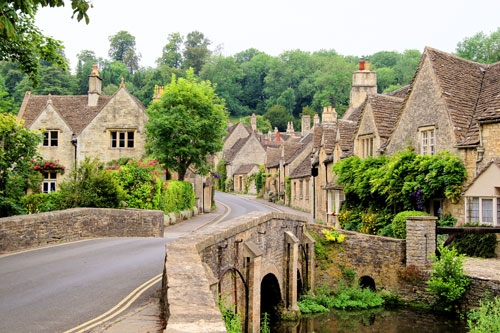Summary
In summary, as environmental awareness has risen steadily across the UK since the 1980s support for greenbelt designated land has gained strong support from communities themselves. It may be argued that this is because house prices in greenbelt areas are 20% higher than average (CPRE and Natural England 2010) and that self-interest is high in maintaining the status quo.
The purpose of greenbelt land in the UK (set out above) is of more importance than the attractiveness of the land. The crude simplicity of the greenbelt may need to be refined and modernised. Urban is perceived as being the locus of society and rural is perceived to be the preserve of nature (Murdoch and Lowe 2003). So it is not necessarily the quality of the open space that is being designated to be preserved, but rather it is designated due to its spatial location and functions (e.g. limiting urban sprawl).

A green belt as a health forest preserve, a commercially-viable agricultural belt or an area providing food, clean air and flood prevention to an adjacent urban area is substantively different from the current policy and reduces the likelihood that its boundaries appear arbitrary.”
(Amati and Taylor 2010: 150)
Traditionally greenbelt designations have been about balancing the demand for land for housing with the need for land for agriculture. Blanket greenbelt designations may be considered to be a ‘blunt tool’ and so a number of local authorities have, with government incentives, begun to review and alter greenbelt boundaries (Amati 2007).
Whilst there are social and environmental benefits in containing urban development, a tight containment policy such as greenbelt also has its social, economic and environmental costs. What needs to be remembered is that although the amenity and environmental benefits of an undeveloped landscape can be an incentive not to develop, an ever growing need for more housing and employment opportunities reduces the sustainability of this option in many instances.
The danger of course with a stringent greenbelt policy is that development leapfrogs the greenbelt into the open countryside (Gilg 1996) leading to the suburbanisation of traditional rural villages leading to an associated loss of culture and heritage in the receiving areas.